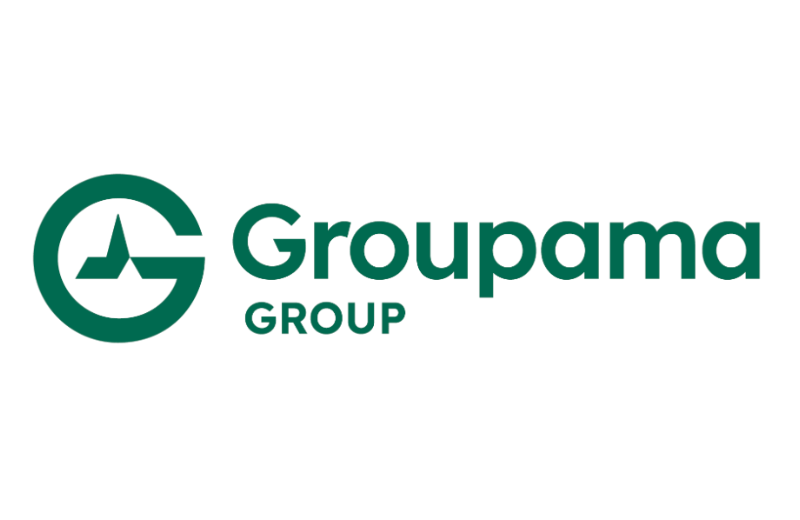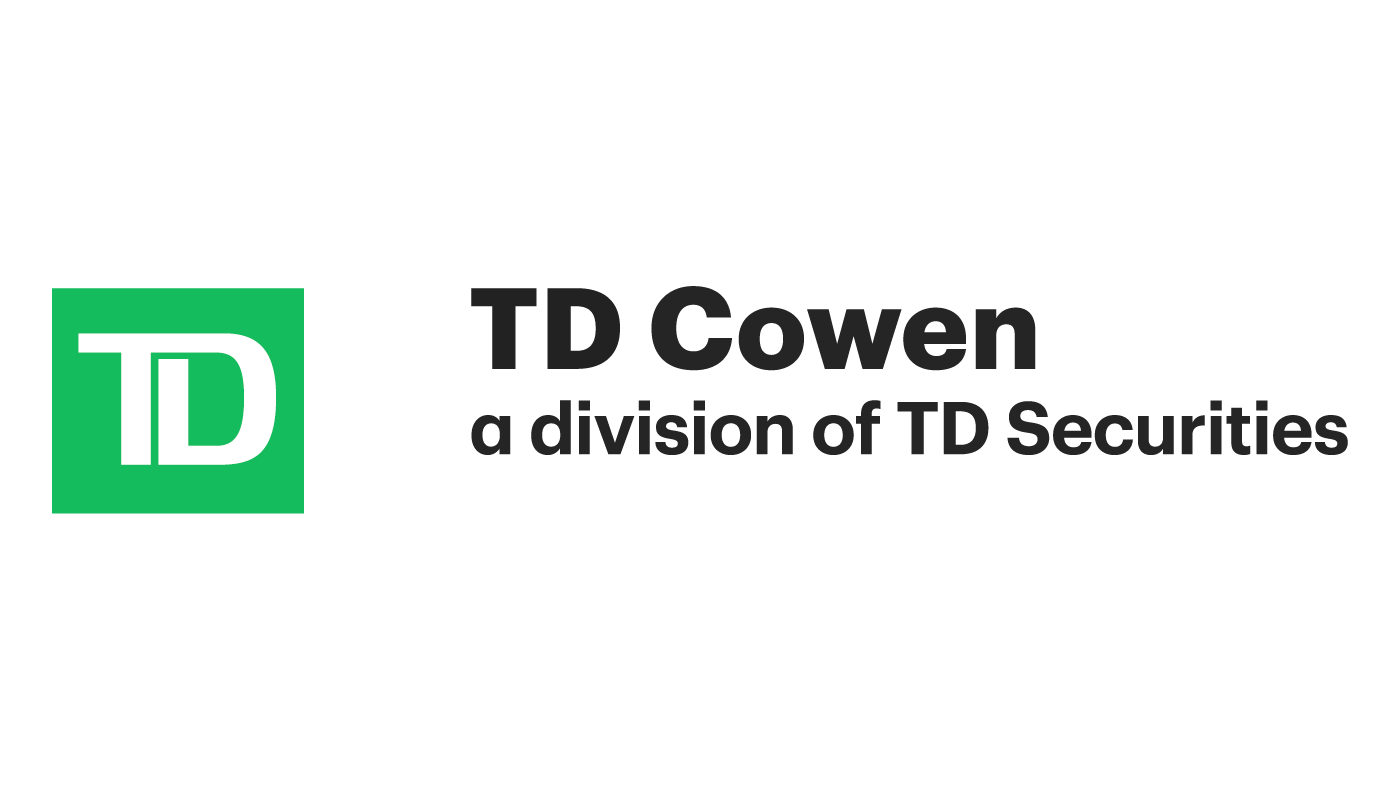
Brazil’s regulations for “Letra de Risco de Seguro”, or LRS which translates to Letter of Insurance Risk and are effectively insurance-linked securities (ILS) laws, have passed a key hurdle and been approved by its National Monetary Council.The Council has approved issues related to the performance, reporting, and requirements for the ILS type structures, as well as for the duties of agents involved in their operation and certain specifics around trustees.Brazil’s insurance and reinsurance market regulator, the Superintendência de Seguros Privados (Susep), has been working towards enabling direct capital market backed sources of third-party reinsurance and retrocession capital to be accessed by Brazil’s re/insurers.The goal is to help lower insurance costs for the country’s consumers, by more efficient provision of reinsurance capital from institutional investors.
and the awaited rules on insurance-linked securities (ILS) issuance and special purpose reinsurance vehicles came into force from January 4th 2021.We then explained in a later article that .But the legislative work to make ILS issuance possible in Brazil, both of catastrophe bonds and other securitizations of insurance risk, had to continue and , which had to go before its lawmakers for approval.
Additional steps to fully-enact and make the legislation operational were also required, one of which being the approval of certain rules by the National Monetary Council, a hurdle that has now been overcome.The National Monetary Council is the most important economic regulator in the country, so passing this hurdle is a key step in making Brazil’z ILS ambitions a reality.Brazil’s Finance Ministry said that the introduction of LRS’ will expand risk capital resources for the nations re/insurers, helping to boost the development of these markets in the country, expanding capacity by spreading risks into the capital markets.
An LRS will work just like a catastrophe bond, with risks ceded to a special purpose structure, while investors collateralize the risk and earn the risk-linked return.They can be triggered by specified events, allowing for the reinsurance coverage to be facilitated and capital to be channelled efficiently from investors to re/insurers when they have to make a recovery against the LRS arrangement.The regulations are expected to come into force on March 1st this year, after approval from the National Council for Private Insurance, which is expected to be a formality in the coming days.
It’s encouraging to see Brazil’s mission to open up the capital markets as a source of reinsurance and retrocession for its insurance industry continue.The Letra de Risco de Seguro, or LRS, is essentially an ILS security it seems, that can be issued through a special purpose vehicle.It can be used as a securitized instrument through which funds can be raised from the capital market to finance the risks of insurance or reinsurance operations.
Brazil is also creating a specific special purpose reinsurance vehicle, for issuing ILS, the Sociedades Seguradoras de Propósito Específico or SSPE.The Brazilian insurance-linked securities (ILS) legislation is a little different to some other domiciles, having the specific LRS securitized instrument for issuances, but at their core they achieve the same objectives, of enabling insurance, reinsurance and retrocession arrangements to be transacted with capital market investors or funds and that capital being used to fully-support the underlying risks held by a special purpose insurer..All of our Artemis Live insurance-linked securities (ILS), catastrophe bonds and reinsurance can be accessed online.
Our can be subscribed to using the typical podcast services providers, including Apple, Google, Spotify and more.
Publisher: Artemis








